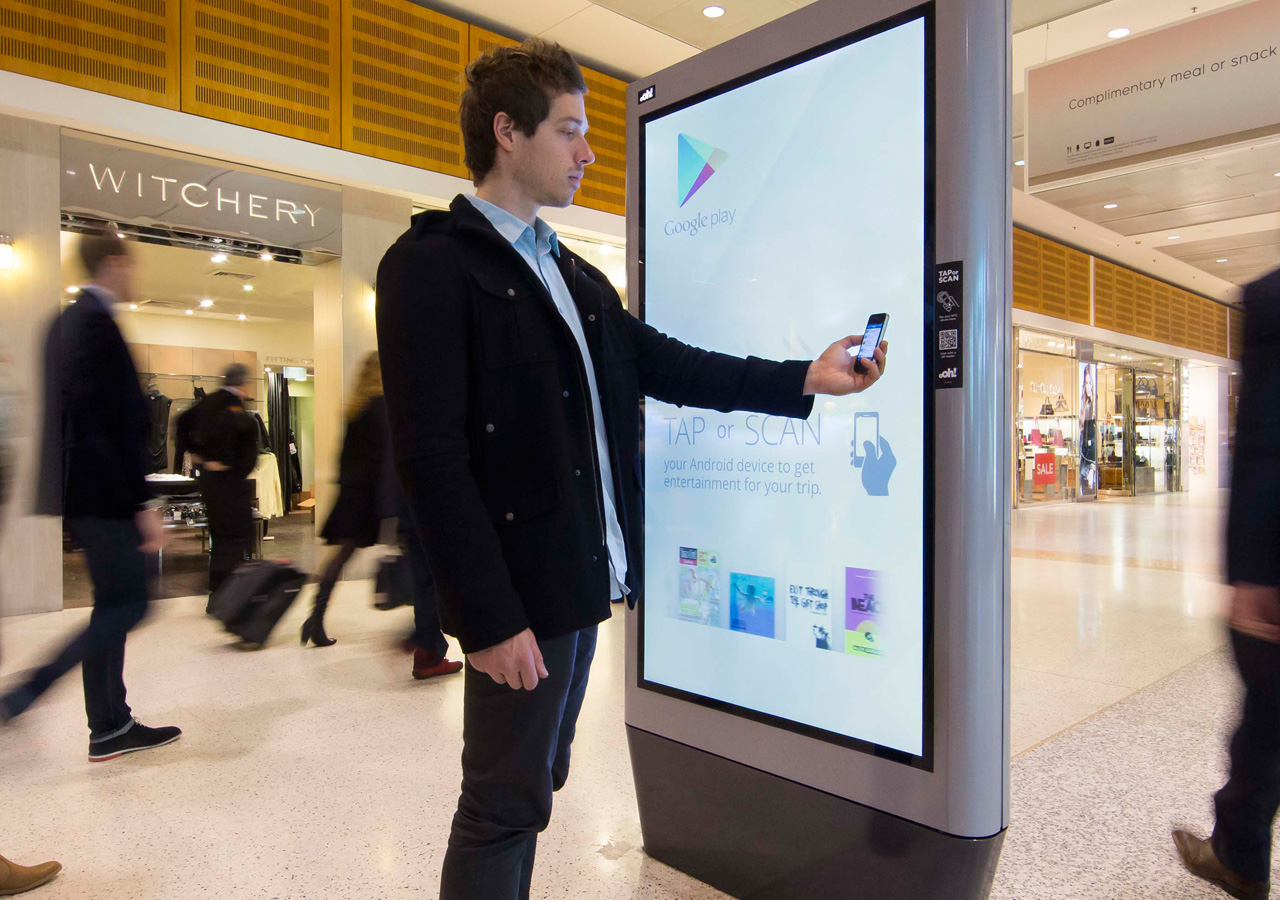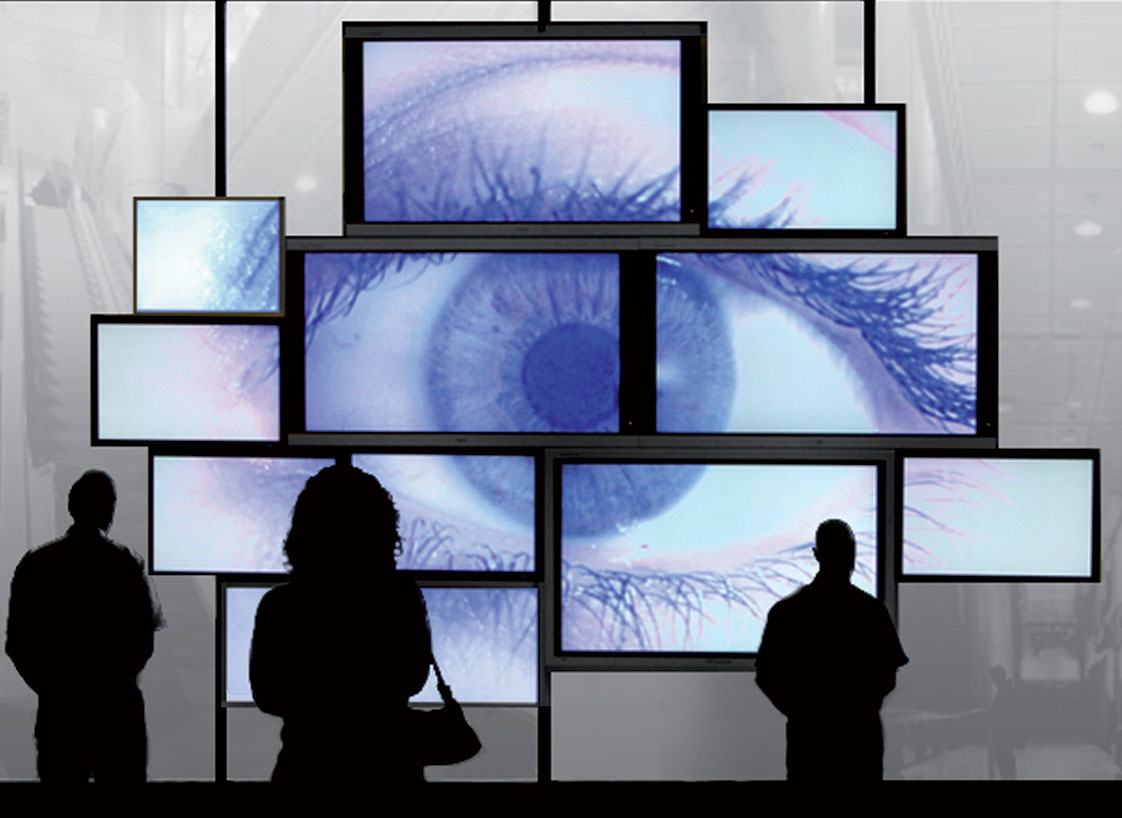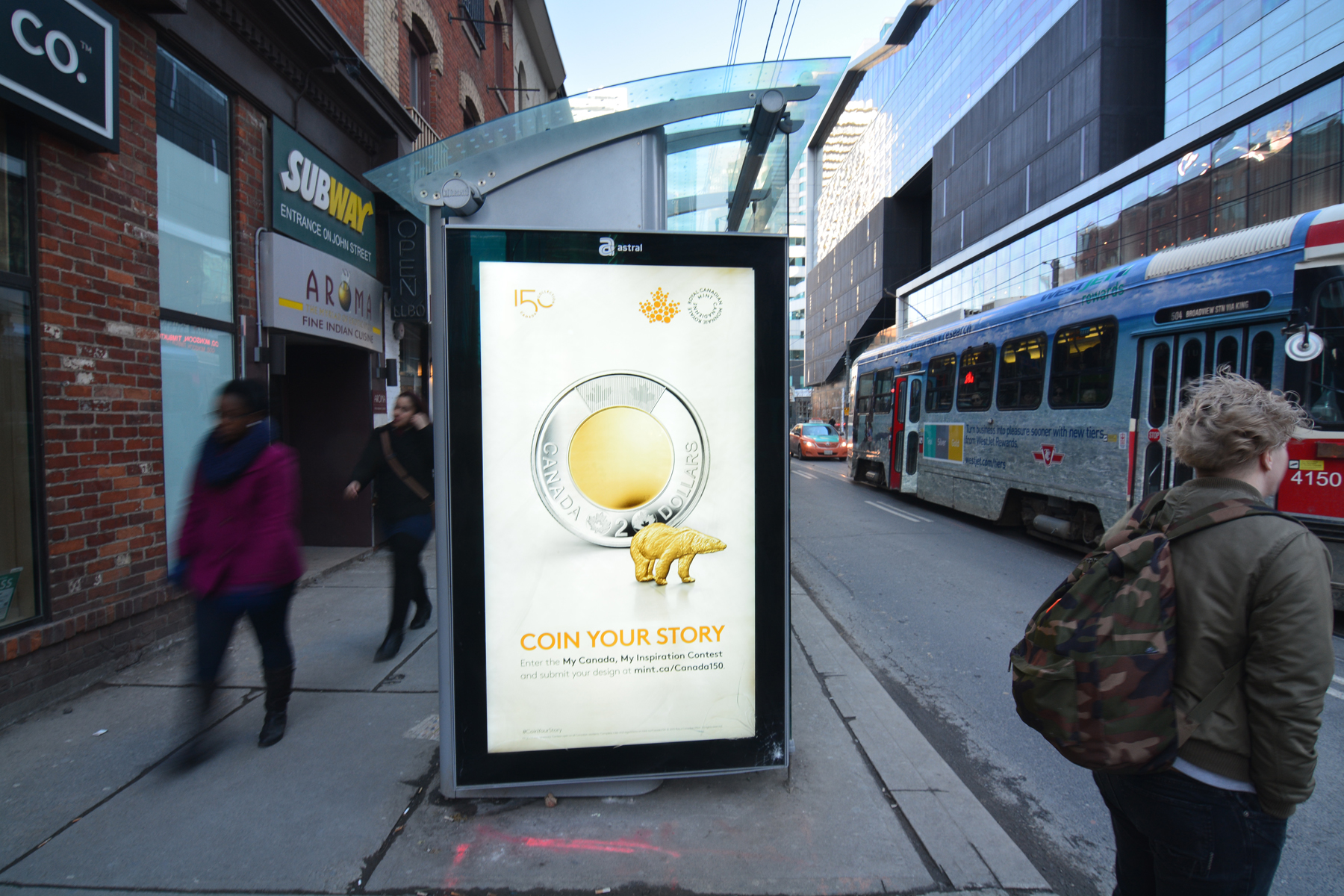The ways the digital and the technology are changing the OOH

source: Screen Media Daily
Digital out-of-home is no longer standing by and being just a follower or a passenger. It has changed the face of outdoor advertising – and the future’s looking bright for this medium. According to the Advertising Association/Warc Expenditure Report, quoted by Campaign, DOOH claimed a 31% share of total out-of-home adspend in 2015 – set to rise to 40% in 2017. And PwC predicts that DOOH advertising revenues will overtake traditional spend in 2020, growing at a rate of 15% a year for the next four years.
“It’s no surprise, then, that in a 2016 Ocean survey of executives from media agencies and outdoor specialists, 86.3% identified DOOH as having the biggest growth potential over mobile, video on demand and other media channels. That growth is being fuelled by a rapid expansion of DOOH inventory, new technologies and innovative creative that plays to the medium’s strengths,” added the famous advertising magazine.
Taking a look at the Romanian situation, several major industry specialists agree that the main international trends are around digital OOH media. More and more of the OOH trades will go programmatic, following the development of more advanced markets where programmatic OOH is already a norm. Moreover, it’s very likely that the virtual and hologram revolution which began this year, fueled by large international technology players like Google, Facebook and other mobile technology firms, will be the beginning of a significant new trend in OOH reality, overlapping with a virtual reality experience.
The advantage that digital OOH has over traditional OOH is that one can better control the programmatic process, granting more flexibility in everything, from planning to the display of ads at a specific moment, in a desired context, to a desired audience.
Another big trend in the OOH industry nowadays is that OOH programming will help DOOH to grow faster than expected. Moreover, programmatic advertising doesn’t belong to only one media channel; it can be extended from online and mobile to other media, like TV, radio and OOH. And all media must be very well measured in order to be traded in a programmatic way.
More trends and influences that the marketers must watch for in DOOH are:
The number of digital screens will increase significantly due to several factors, including the significantly lower cost to produce LED screens.

source: Digital Signage
New developments in hyper-targeting. OOH planning systems are integrating with data sources including mobile carrier data, online browsing behavior and shopper purchase records. Marketers will be able to utilize OOH to target micro-specific segments on the move.
Real-Time OOH trading will steadily increase, as more OOH vendors integrate inventory into demand-side-platforms. The format’s ability to target consumers in real-time based on previous location histories has led to automotive, travel and retail advertisers dipping their toes in the water. Location-based mobile and digital out-of-home media are part of a larger multiscreen ecosystem that effectively amplifies brand messages to create a deeper level of engagement with active consumers.

source: Bell Media
OOH will become more intelligent as forward-thinking brands take advantage of developments in Internet-connected screens, facial/object recognition and external data feeds. A convergence of art and science will lead to OOH creative that self-optimizes based on how people react. Dynamic content triggered by data feeds already allows advertisers to change creative in real-time based on external conditions including CRM data, weather, sports scores, traffic and social media sentiment.
Beacon adoption will grow, focused on analytics. Smart marketers will utilize Bluetooth Low Energy Devices (beacons) for data collection to gain a better understanding of their customers’ in store behavior. Large retailers already have rolled out beacons across their network of stores; this provides a wealth of valuable data such as popular products and aisles, with the ability to track store promotions right to the register.
Targeting drivers. Car manufacturers are the early adopters of smart billboard technology. In partnership with OOH Media, Porsche launched the world’s first interactive billboard campaign in Australia in January 2015. It used image recognition software to detect Porsches and display a company ad saying, “It’s so easy to pick you out in a crowd.” Lexus followed suit later in the month with a similar but more sophisticated Australian ad campaign. It used an algorithm to match vehicle information with environmental information, such as local traffic and weather conditions, to generate 80 variations of the same ad.
Porsche is teaming up with video surveillance software manufacturer Milestone Systems and IBM Analytics to deliver targeted billboard ads to specific vehicle models on their way to Australia’s Melbourne airport. These smart billboard software applications do not yet identify specific drivers, but Sydney University of Technology professor Jim Macnamara says that is coming soon.
In the United States, some smart billboard ads are targeting drivers based on speed. For instance, in 2014, Cisco used a billboard near San Francisco International Airport to promote its Cisco Live event by delivering messages of varying length, with faster drivers getting shorter messages.
OOH will be a core part of social and mobile strategies, and we will see more campaigns with OOH as a centerpiece. Coca-Cola launched an integrated digital campaign in Times Square as an extension of its hugely successful “Share a Coke” campaign, incorporating large digital billboards, Google search data, mobile and a socially activated call to action.
OOH will start being recognized as a direct response medium. As cardless payments including mobile payments gain traction with merchants, consumer usage will increase beyond early adopters. This boom in contactless “card-free” mobile payments is forecast to more than double this year, and over the next five years, U.S. mobile payments alone are forecasted to grow from $52 billion in 2014 to $142 billion by 2019 (Forrester). OOH will increase its relevance along the consumer journey; a format perceived primarily as a brand-awareness driver can now become an instrument in driving real-time purchase.
“OOH offers audience reach opportunities unsurpassed in the media landscape, particularly reaching young and upmarket audiences. The blurring of media boundaries, epitomised by the digital OOH landscape and the rise of mobile, should offer smarter solutions to brands feeling the pinch or exploiting consumer sentiment opportunities, particularly those targeting millennial audiences and expecting an immediate response,” concludes talonoutdoor.com.